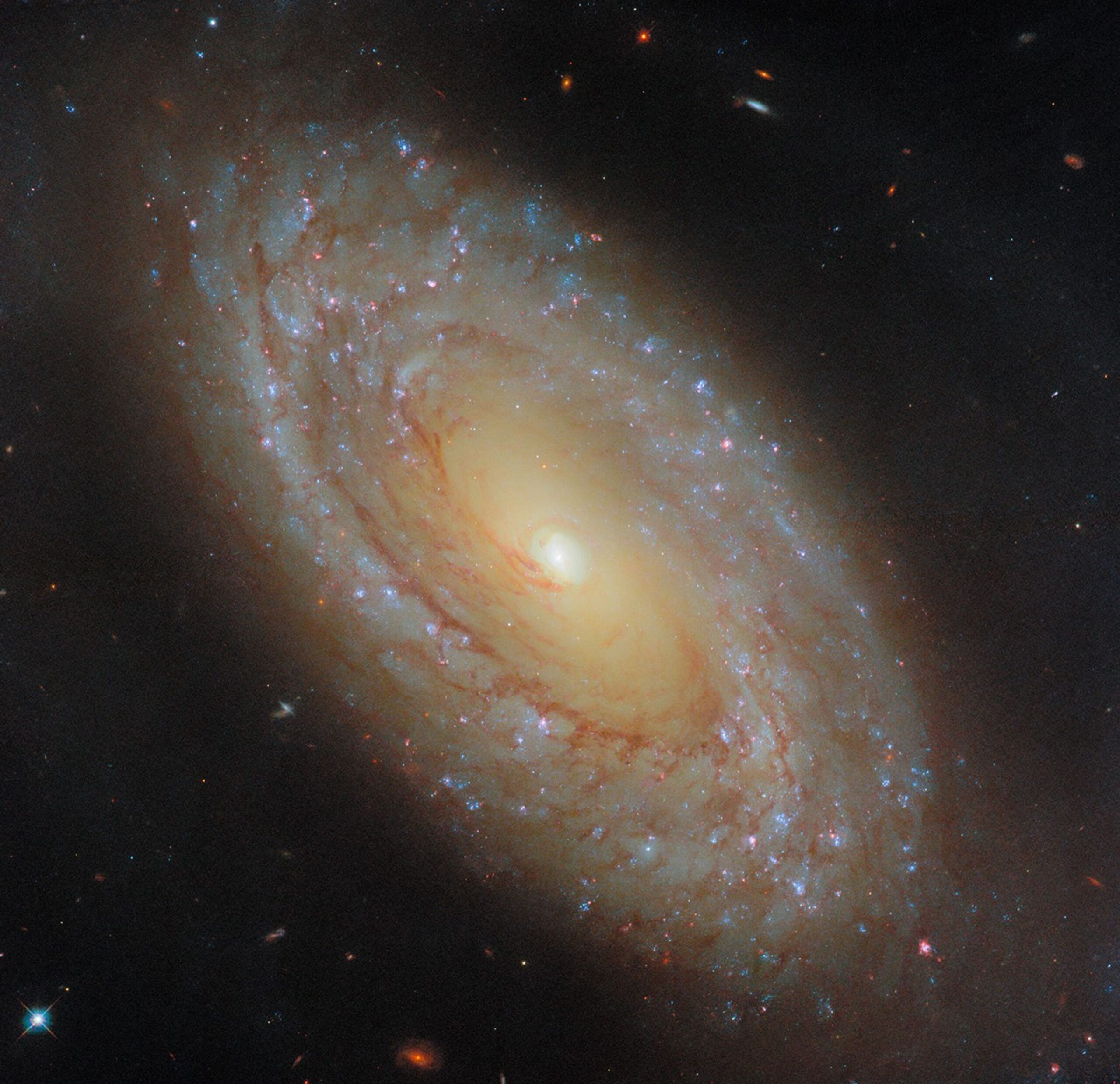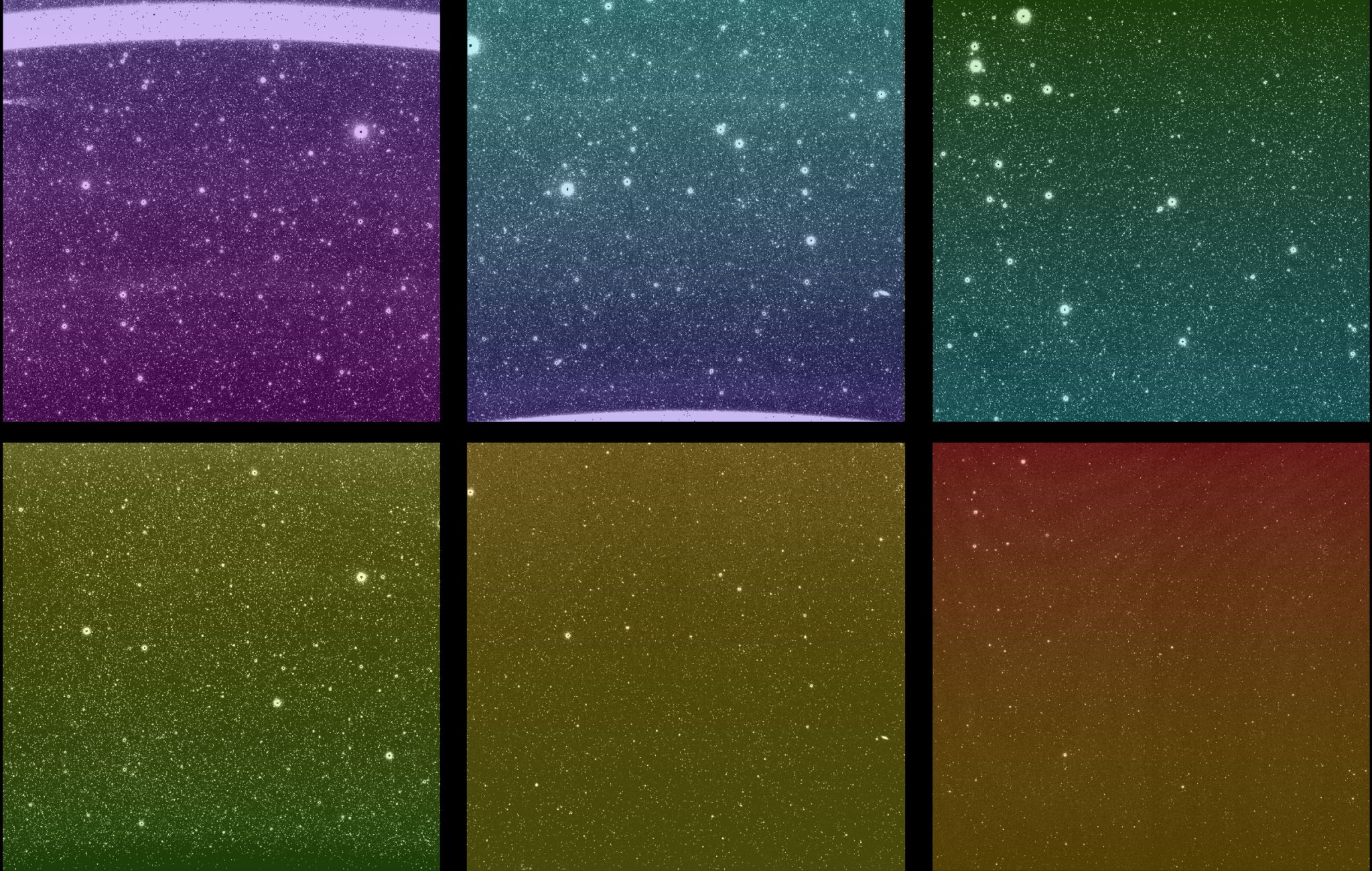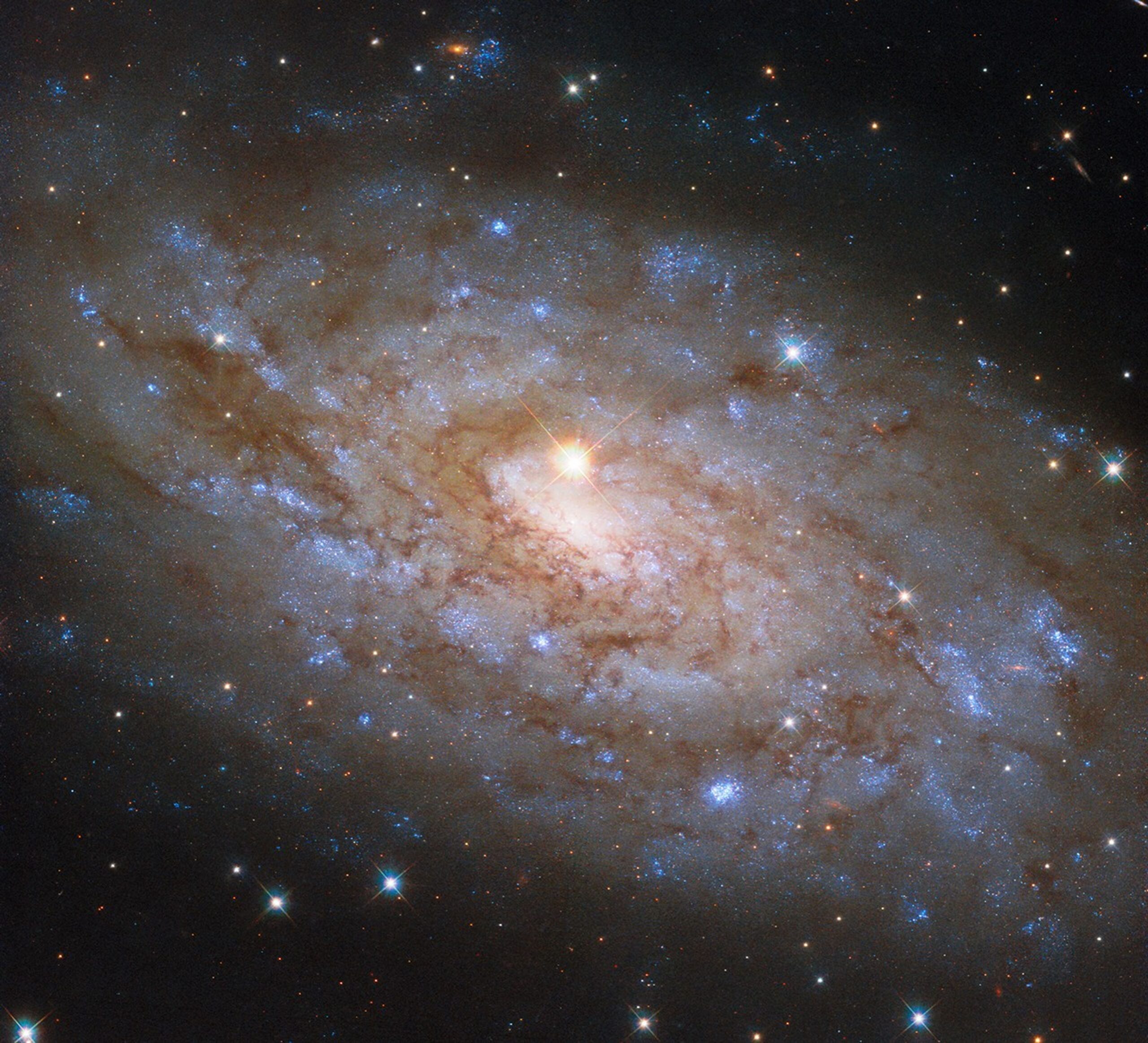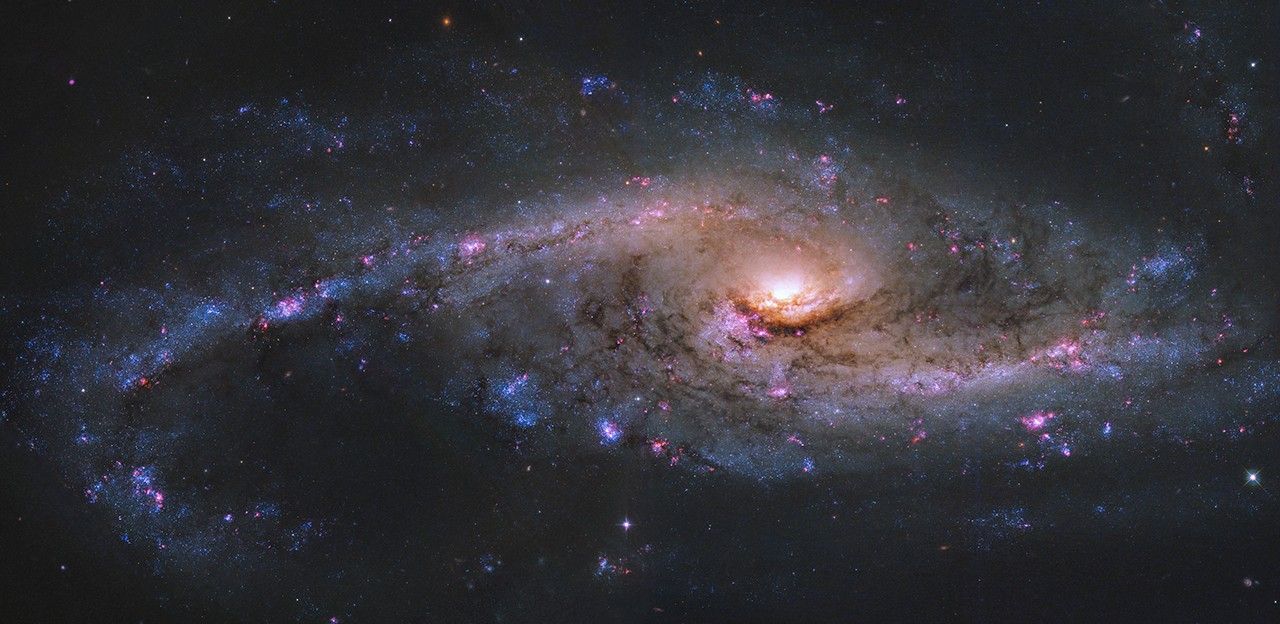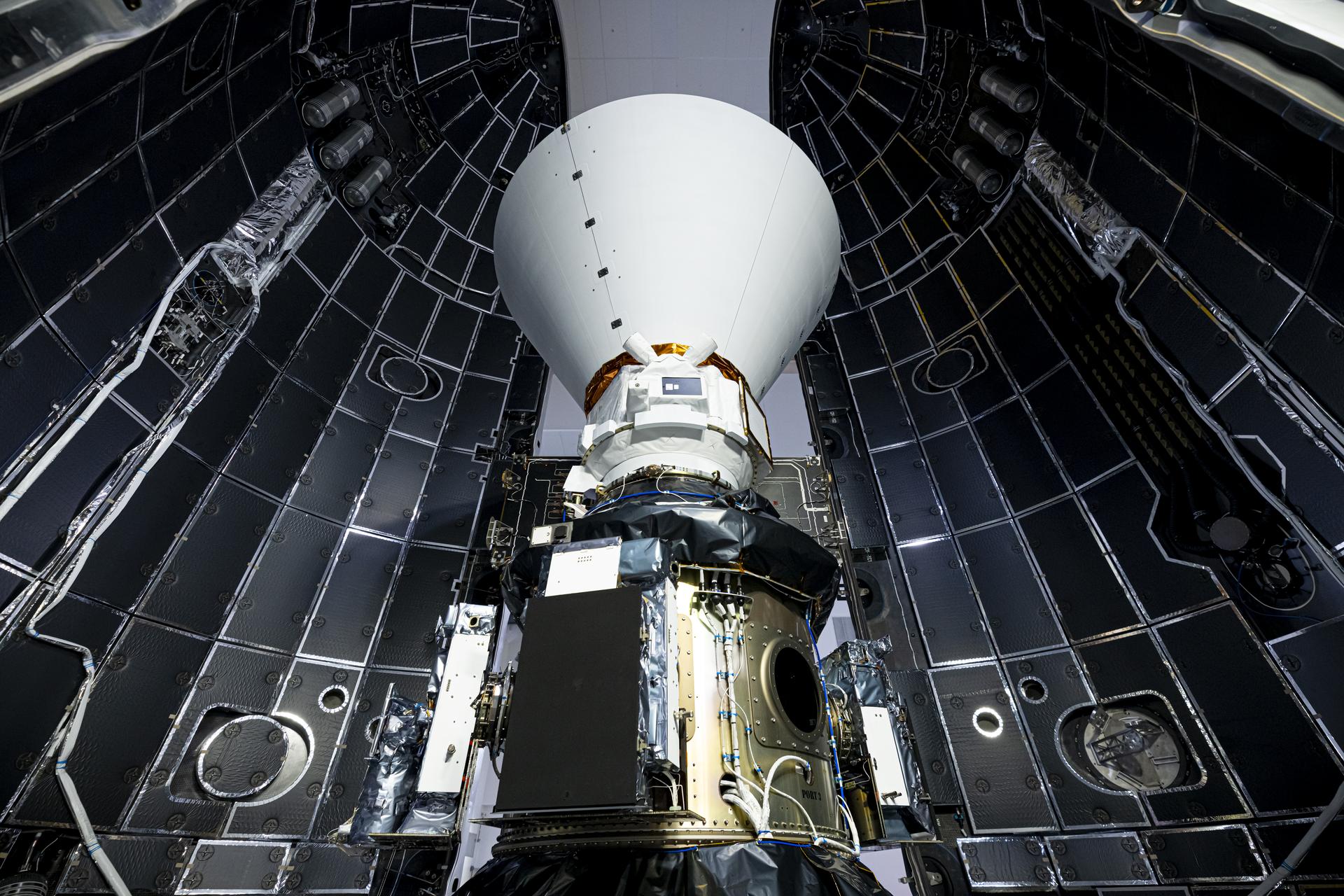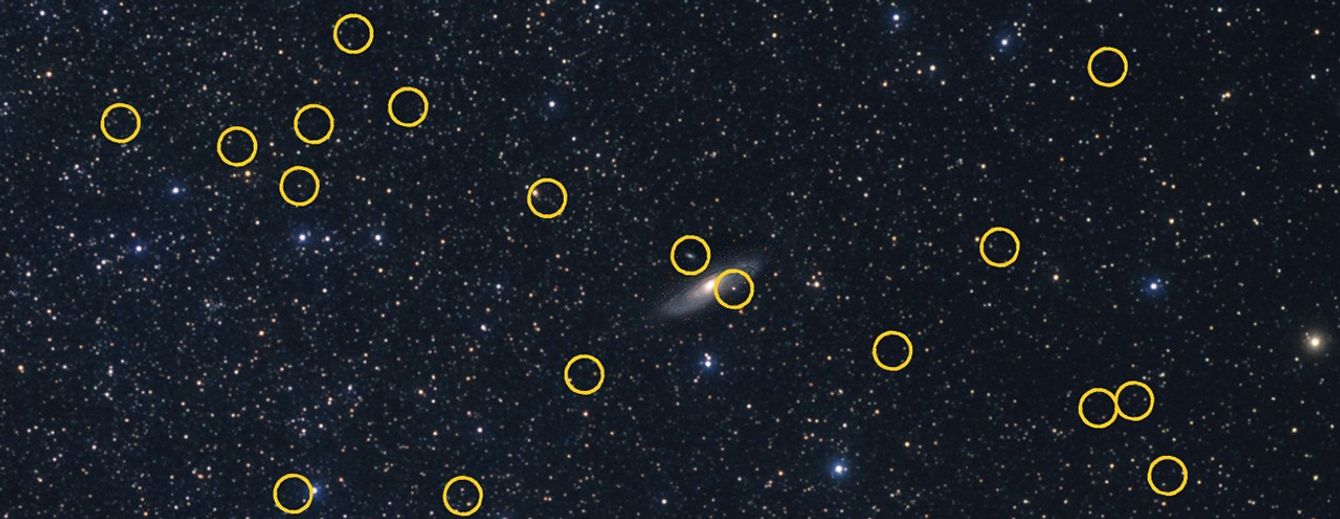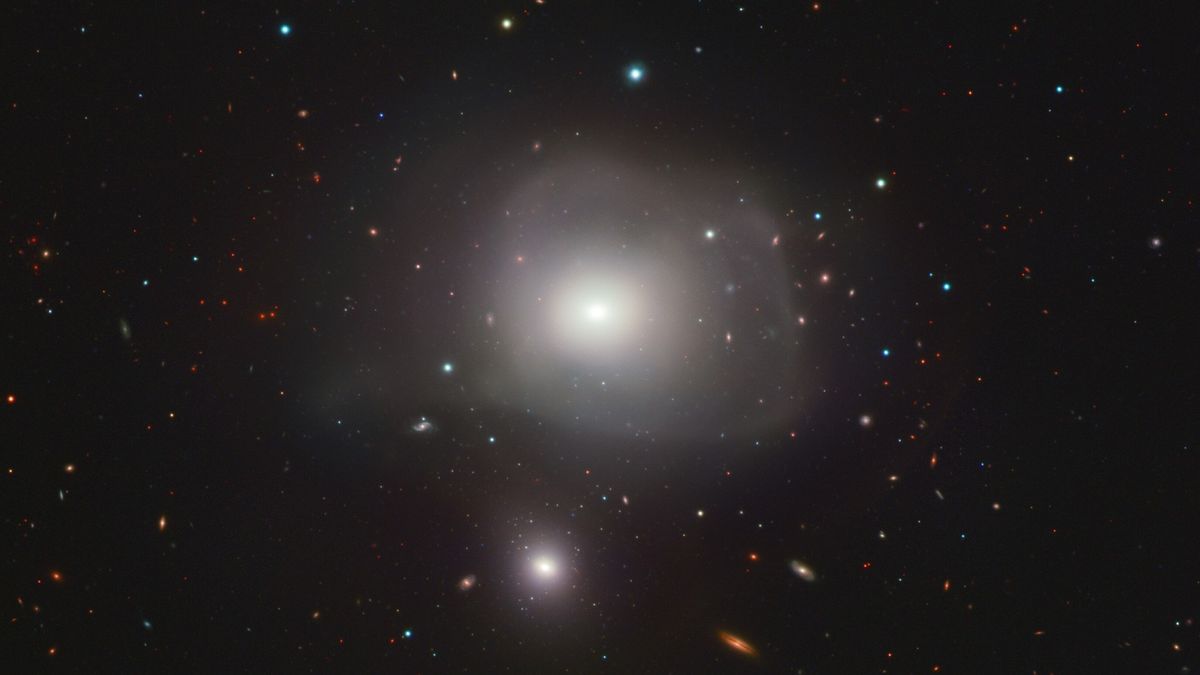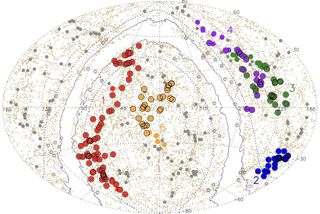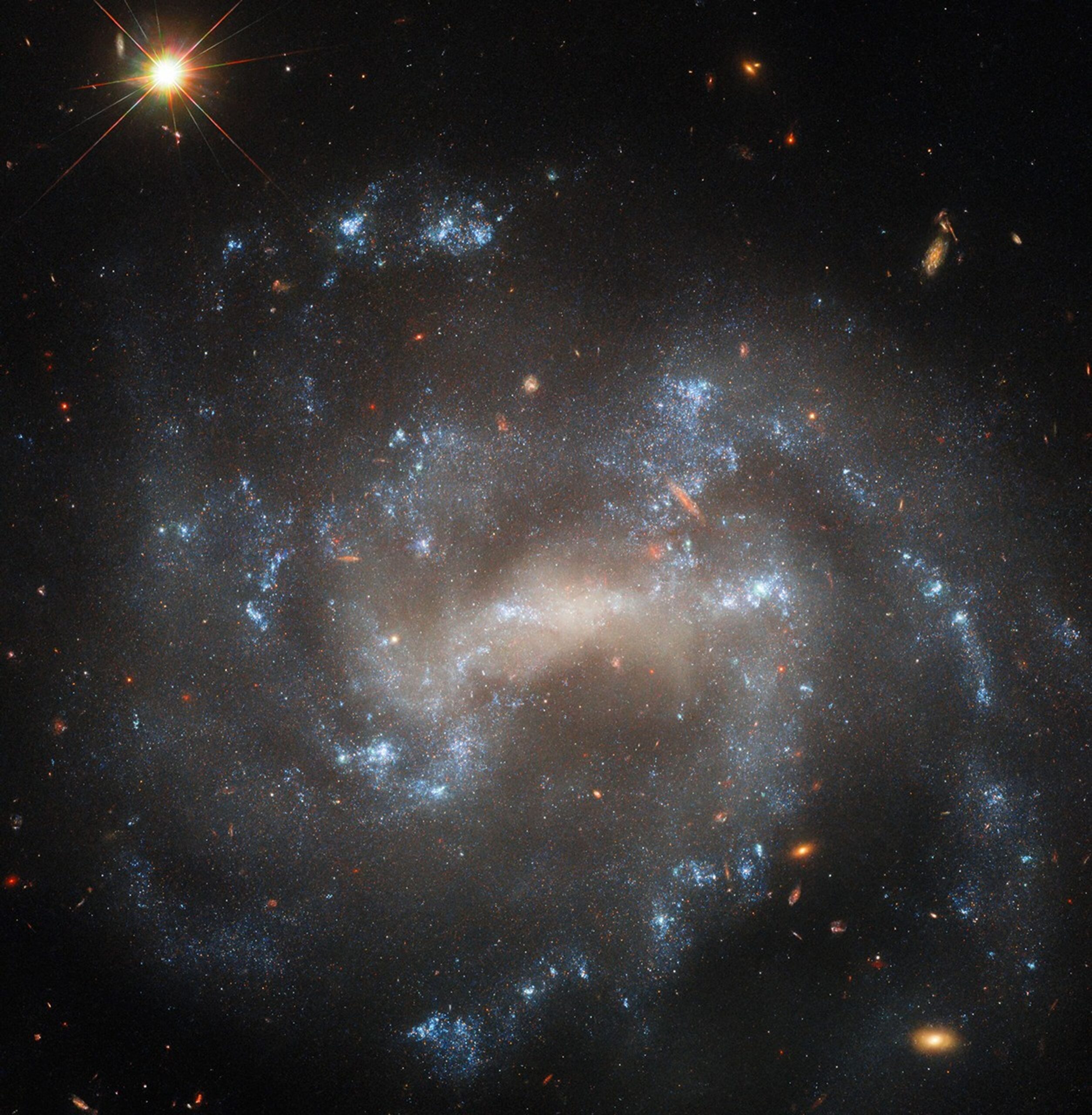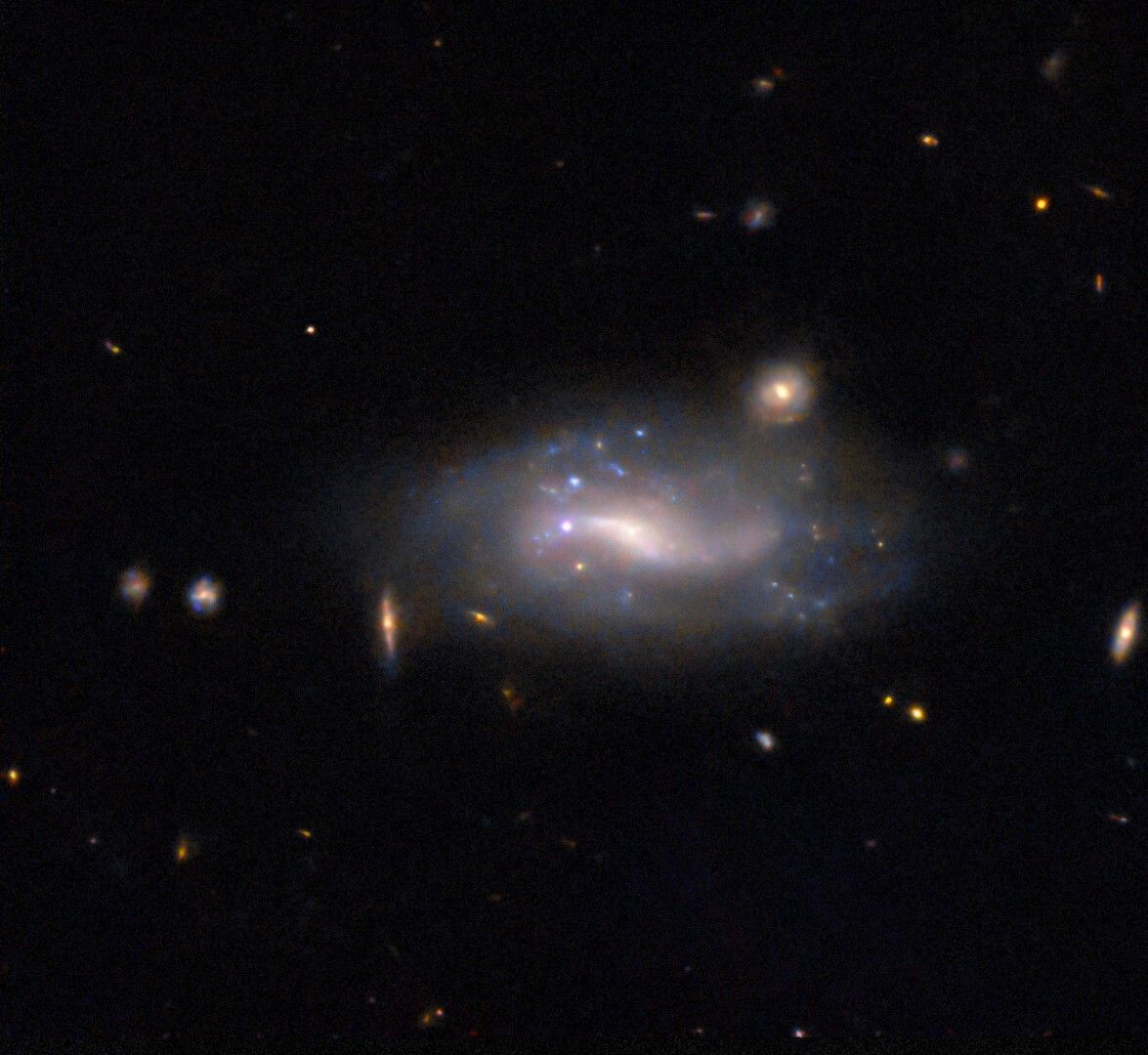Explore Hubble Hubble Home Overview About Hubble The History of Hubble Hubble Timeline Why Have a Telescope in Space? Hubble by the Numbers At the Museum FAQs Impact & Benefits Hubble’s Impact & Benefits Science Impacts Cultural Impact Technology Benefits Impact on Human Spaceflight Astro Community Impacts Science Hubble Science Science Themes Science Highlights Science Behind Discoveries Hubble’s Partners in Science Universe Uncovered Explore the Night Sky Observatory Hubble Observatory Hubble Design Mission Operations Missions to Hubble Hubble vs Webb Team Hubble Team Career Aspirations Hubble Astronauts News Hubble News…
Read MoreTag: Galaxies
NASA’s SPHEREx Takes First Images, Preps to Study Millions of Galaxies
5 min read Preparations for Next Moonwalk Simulations Underway (and Underwater) NASA’s SPHEREx, which will map millions of galaxies across the entire sky, captured one of its first exposures March 27. The observatory’s six detectors each captured one of these uncalibrated images, to which visible-light colors have been added to represent infrared wavelengths. SPHEREx’s complete field of view spans the top three images; the same area of the sky is also captured in the bottom three images. NASA/JPL-Caltech Processed with rainbow hues to represent a range of infrared wavelengths, the…
Read MoreHubble Spots a Chance Alignment
Explore Hubble Hubble Home Overview About Hubble The History of Hubble Hubble Timeline Why Have a Telescope in Space? Hubble by the Numbers At the Museum FAQs Impact & Benefits Hubble’s Impact & Benefits Science Impacts Cultural Impact Technology Benefits Impact on Human Spaceflight Astro Community Impacts Science Hubble Science Science Themes Science Highlights Science Behind Discoveries Hubble’s Partners in Science Universe Uncovered Explore the Night Sky Observatory Hubble Observatory Hubble Design Mission Operations Missions to Hubble Hubble vs Webb Team Hubble Team Career Aspirations Hubble Astronauts News Hubble News…
Read MoreHubble Spies a Spectacular Starburst Galaxy
Explore Hubble Hubble Home Overview About Hubble The History of Hubble Hubble Timeline Why Have a Telescope in Space? Hubble by the Numbers At the Museum FAQs Impact & Benefits Hubble’s Impact & Benefits Science Impacts Cultural Impact Technology Benefits Impact on Human Spaceflight Astro Community Impacts Science Hubble Science Science Themes Science Highlights Science Behind Discoveries Hubble’s Partners in Science Universe Uncovered Explore the Night Sky Observatory Hubble Observatory Hubble Design Mission Operations Missions to Hubble Hubble vs Webb Team Hubble Team Career Aspirations Hubble Astronauts News Hubble News…
Read MoreCosmic Mapmaker: NASA’s SPHEREx Space Telescope Ready to Launch
6 min read Preparations for Next Moonwalk Simulations Underway (and Underwater) Ahead of launch, NASA’s SPHEREx is enclosed in a payload fairing at Vandenberg Space Force Base on March 2. The observatory is stacked atop the four small satellites that make up the agency’s PUNCH mission. NASA/BAE Systems/Benjamin Fry NASA’s latest space observatory is targeting a March 8 liftoff, and the agency’s PUNCH heliophysics mission is sharing a ride. Here’s what to expect during launch and beyond. In a little over a day, NASA’s SPHEREx space telescope is slated to…
Read MoreNASA’s Hubble Provides Bird’s-Eye View of Andromeda Galaxy’s Ecosystem
Explore Hubble Hubble Home Overview About Hubble The History of Hubble Hubble Timeline Why Have a Telescope in Space? Hubble by the Numbers At the Museum FAQs Impact & Benefits Hubble’s Impact & Benefits Science Impacts Cultural Impact Technology Benefits Impact on Human Spaceflight Astro Community Impacts Science Hubble Science Science Themes Science Highlights Science Behind Discoveries Hubble’s Partners in Science Universe Uncovered Explore the Night Sky Observatory Hubble Observatory Hubble Design Mission Operations Missions to Hubble Hubble vs Webb Team Hubble Team Career Aspirations Hubble Astronauts News Hubble News…
Read MoreAstronomers discover misshapen galaxy is a cosmic predator that bears ‘scars’ from its last meal (photo)
An unusual elliptical galaxy with a history of absorbing smaller galaxies appears to be approaching its next target. New images from the Very Large Telescope (VLT) at the European Southern Observatory’s (ESO) Paranal Observatory suggest that the galaxy, known as NGC 3640, may soon merge with a smaller galactic companion. Located 88 million light-years from Earth, NGC 3640 belongs to a group of galaxies that range in shape and size, including its own unusual oval or egg shape. The VLT images revealed that NGC 3640 has eaten other galaxies over…
Read MoreAstronomers discover ‘Quipu,’ the single largest structure in the known universe
Astronomers have discovered what may be the largest-scale structure in the known universe — a group of galaxy clusters and clusters of galaxy clusters that spans roughly 1.3 billion light-years across and contains a mind-boggling 200 quadrillion solar masses. The newfound structure is dubbed Quipu after an Incan system of counting and storing numbers using knots on cords. Like a Quipu cord, the structure is complex, made up of one long filament and multiple side filaments. It spans roughly 1.3 billion light-years (more than 13,000 times the length of the…
Read MoreHubble Spies a Spiral That May Be Hiding an Imposter
Explore Hubble Hubble Home Overview About Hubble The History of Hubble Hubble Timeline Why Have a Telescope in Space? Hubble by the Numbers At the Museum FAQs Impact & Benefits Hubble’s Impact & Benefits Science Impacts Cultural Impact Technology Benefits Impact on Human Spaceflight Astro Community Impacts Science Hubble Science Science Themes Science Highlights Science Behind Discoveries Hubble’s Partners in Science Universe Uncovered Explore the Night Sky Observatory Hubble Observatory Hubble Design Mission Operations Missions to Hubble Hubble vs Webb Team Hubble Team Career Aspirations Hubble Astronauts News Hubble News…
Read MoreHubble Goes Supernova Hunting
Explore Hubble Hubble Home Overview About Hubble The History of Hubble Hubble Timeline Why Have a Telescope in Space? Hubble by the Numbers At the Museum FAQs Impact & Benefits Hubble’s Impact & Benefits Science Impacts Cultural Impact Technology Benefits Impact on Human Spaceflight Astro Community Impacts Science Hubble Science Science Themes Science Highlights Science Behind Discoveries Hubble’s Partners in Science Universe Uncovered Explore the Night Sky Observatory Hubble Observatory Hubble Design Mission Operations Missions to Hubble Hubble vs Webb Team Hubble Team Career Aspirations Hubble Astronauts News Hubble News…
Read More